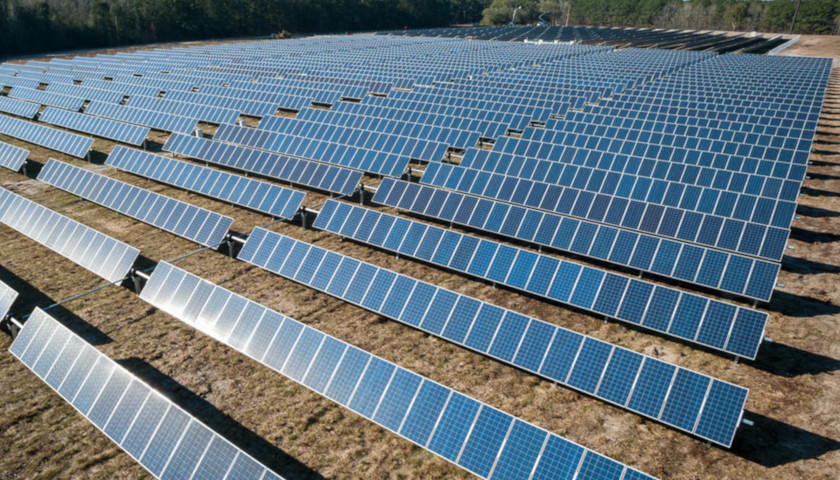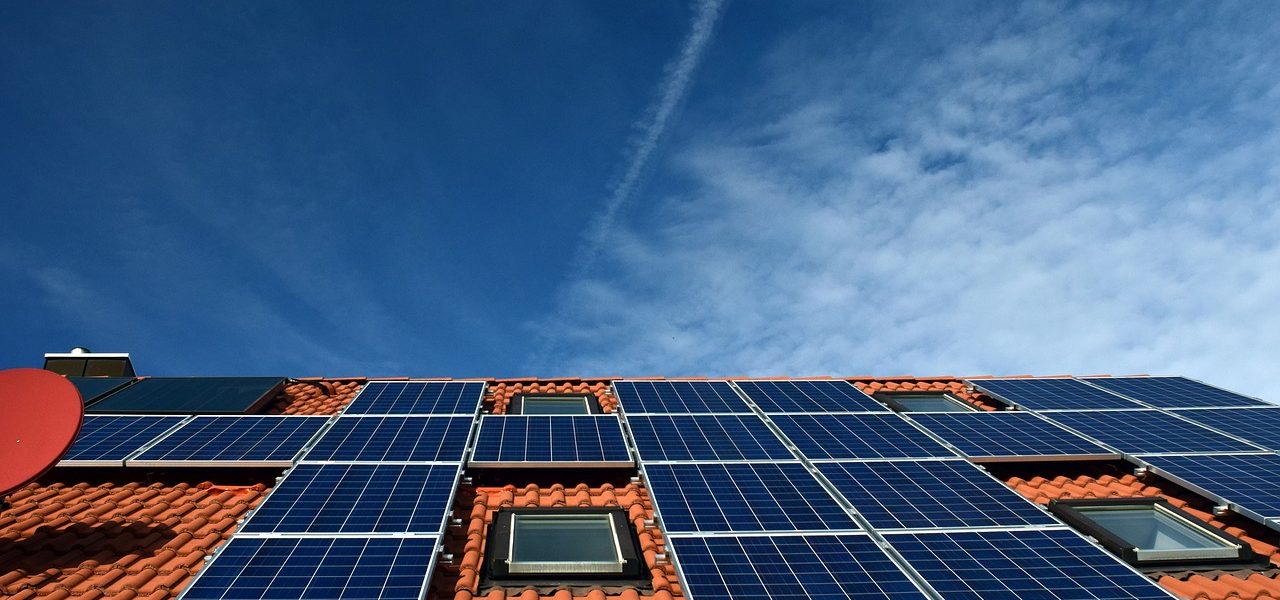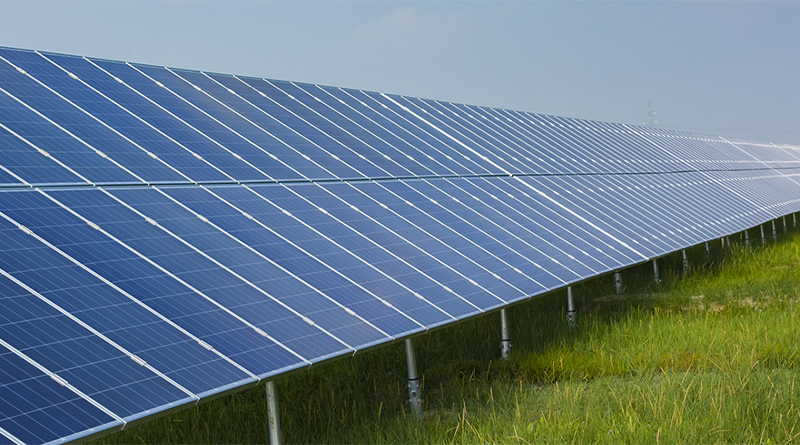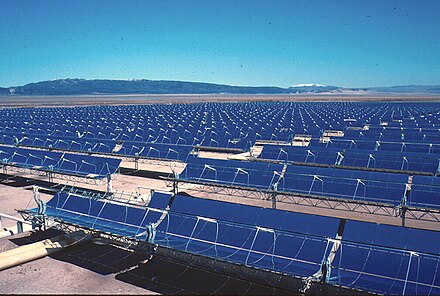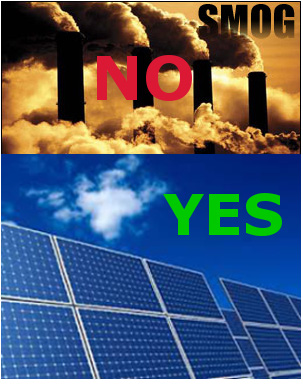Amorphous silicon thin film solar photovoltaic cells manufactured using nf3 are slightly less efficient than crystalline silicon solar cells the dominant technology.
Solar panels nitrogen trifluoride.
Carbon dioxide emissions only rose by about 5 percent during the same.
It has a low environmental impact in terms of other energy sources that are out there.
But they are cheaper to produce and expected to supply a rapidly increasing share of the solar market for both large scale and domestic applications.
Another real concern is the vast increase in the use of nitrogen trifluoride nf3 in the construction of solar panels up 1 057 percent over the past 25 years.
Stanford magazine also points out that solar energy has a higher carbon footprint than wind and nuclear energy.
The un intergovernmental panel on climate change deems nf3 to be 17 200 times more potent than carbon dioxide as a greenhouse gas meaning that even relatively minor quantities.
The book refines that a little by mentioning that these materials are used in the manufacturing process.
The gas nitrogen trifluoride or nf3 is a key chemical agent used to manufacture certain types of photovoltaic cells for solar panels as well as semiconductors and lcd flat screens.
The concentration of the man made gas nitrogen trifluoride was four times greater than scientists had expected and growing by 11 a year.
F 2 gas diatomic fluorine has been introduced as a climate neutral replacement for nitrogen trifluoride in the manufacture of flat panel displays and thin film solar cells.
Ray weiss a professor of geochemistry at the scripps institution of oceanography explains that a number of solar panels release nitrogen trifluoride nf3 a chemical compound 17 000 times worse for the atmosphere than carbon.
Nitrogen trifluoride nf3 is a key chemical agent used to manufacture photovoltaic cells for solar panels suggesting government subsidies and tax credits for solar panels may be a driving factor behind the 1 057 percent in nf3 over the last 25 years.
11 nitrogen trifluoride is also used in hydrogen fluoride and deuterium fluoride lasers which are types of chemical lasers.
Nitrogen trifluoride and sulfur hexafluoride although solar power doesn t produce greenhouse gases while in use the one s it does release during production are important according to the voice of san diego.


